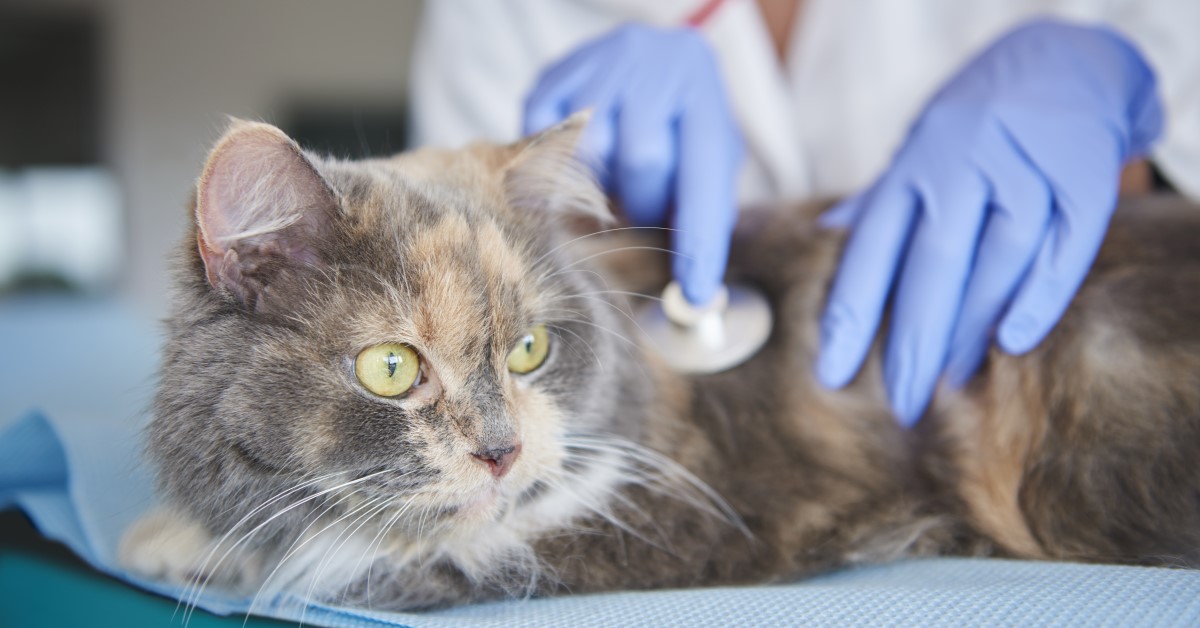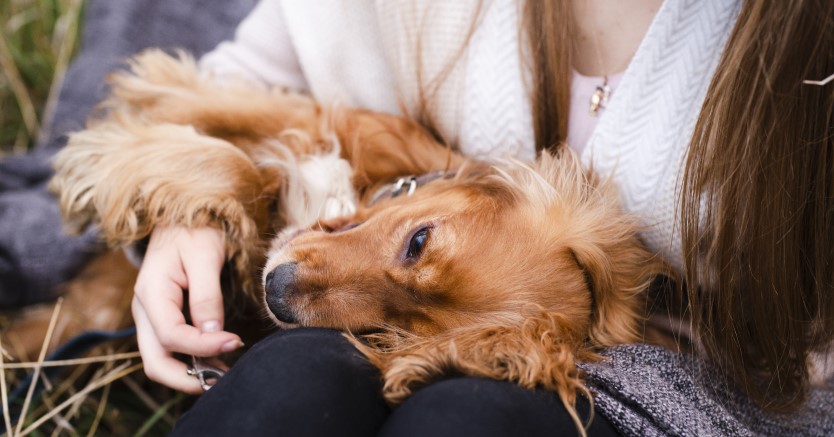What to do with Those Messy Paws
This task can be easier if taught as a regular routine, such as eating or any other regular ritual.

Dog owners know that a good job of paw cleaning takes a little time, effort and some cooperation from the dog. This important routine can be easier if taught as a regular routine such as eating or any other regular ritual with your pet. Once the dog learns what to expect, this will become less of a chore, as long as you do this each time he returns indoors (no matter what season it is).
Paw Drying and Cleaning
Paw drying is a joint project between the owner and the dog. The human to animal psychology plus the dog training and skills needed are referred to as the “Art” of Paw Cleaning. One of the most popular methods of paw drying is to use a towel, pick up each paw and manually wipe the paw until it is completely dry and clean, or until the dog takes the paw back. The process is repeated with each paw until all four paws are done.
Some people use floor mats for the dog to walk or stand on, placed by the door where the dog enters the house, hoping that when they walk on the mats, it will dry their paws before they enter the house. Sometimes we set one or two or more floor mats down, leading up to the door. We do this in an effort to dry and clean paws and hope our dog will walk on at least some of the mats. Have you ever noticed that dogs like to take the path of least resistance? At least as long as they don’t have to go too far out of their way to get where they want to go. This tendency is the opposite of what we want them to do, namely, walk on the mats carefully placed in their path leading up to the door. The idea is that if we put enough floor mats down where the dog will walk, their feet will be dry and clean enough when they reach the door is actually a very workable method. The more a dog walks on a mat that is absorbing moisture, dislodging debris, collecting dirt and mud, the cleaner their feet will be when they reach the door. Note: the bigger the dog, the more area (mats) needed to do this job well.
In some homes, mats are used that are not very absorbent. The owner may not realize that the dog will have to spend a lot of time, taking many steps to get the paws dry using non-absorbing mats or carpet remnants. If the owner wants to make sure those paws are dry and will not make wet paw prints on the floor, a very long runway of floor mats may be necessary. Of course, to our dismay, once the runway of mats are in place our dog never chooses to walk not on the mats, but along side the mats, or some zigzag route to the door. Why don’t they walk where we want them to walk? Isn’t it ironic that dogs really do want to please their owners? Unless we fully utilize every step our dog takes while walking on a mat, using an effective, absorbing, cleaning mat, the dog is unlikely to be successful in drying their own feet well enough to please the owner.
This brings us to the hope that maybe the dog could acquire some skills to help clean their own feet. YES! Wouldn't that be nice! If mats were used that are highly absorbent and designed specifically for drying dog feet, it would take far fewer mats and much less time to get the job done well.
Ideas and Techniques for Training Dogs to Walk on Floor Mats:
- Using the collar, lead the dog to walk on the floor mat. At the same time, offer much praise and love to the dog for walking where you want them to walk. This technique may require a lot of work and practice and keep in mind that it may not work very well with some dogs.
- Use a stocking from the owner that has been used at least one day. Rub the stocking in a stroking manner on the mat where you want the dog to walk. Usually, the dog will sniff the area on the mat where you have rubbed and at the same time; take a couple of steps on the mat. Remember, it usually takes more than a couple of steps, even with the best paw drying mat available, to get the paws dry and clean. The effectiveness of this technique is limited by how much area of mats the dog walks on smelling the scent or if the dog becomes comfortable in walking on the mat.
- Place one or two good paw drying floor mats just outside the door where the dog enters the house. Place the mats so when the dog exits through the door, the first thing they walk on is the mat; this will help get them accustomed to the feel of the mat beneath their feet. Hopefully this will make the dog more comfortable with the mat and not fear or despise it. When the dog is ready to come inside, and is standing on the mat, hold the collar and gently nudge the dog side to side or in a turning direction, causing them to take repeated steps as they move around. Be sure there is enough mat area to keep the dog on the mat for several steps. This technique works only marginally well when using conventional floor mats. It works much better when using mats that are designed specifically for drying animal paws. Training dogs to dry or clean their own paws is easier with ample mat area. The ability of a dog to dry their own paws depends very much on the absorbency of the mat and the total mat area available to walk on.
The Science of Paw Drying and Cleaning
How do we physically remove water and yard materials such as dirt, debris, mud, grass clippings, mold spores, bacteria and pollen from the dog’s paws? Getting the water removed from your dog’s feet is the most important part in eliminating paw prints on the floor and in being able to have clean paws. If paws are dry, there is no mud, and debris will not stick to dry dog paws as well. Hardwood fiber paper that is used to make paper towels offers the fastest, most effective absorbent properties.
Water increases the stickiness of your dog’s paws because of ‘surface tension.’ Have you ever seen a needle float on water? The needle floats because of surface tension on top of the water. It is like a very thin film of plastic wrap; if you prick the water surface with the needle, it is like the needle breaking through the plastic wrap and it will no longer float. The needle floats because of surface tension and a surface that is only a few molecules thick. Surface tension creates the ‘stickiness’ that causes grass clipping and debris to stick to wet paws.
Another method that grass clippings and debris attaches to paws is by micro hooks. Velcro has two parts, the hook and the loop. When the two parts are brought together and they touch, hooks of one piece are hooked into the loops of the other piece, holding the pieces together. When the pieces are pulled apart, it causes each individual hook or loop to bend until they break free from one another.
A similar process happens when organic materials such as grass clippings, pine needles or seed pods touch the hair on your dog’s feet. The dog hair may act as the loop and the micro fibers of the grass or seed pod act as the hook. If you look at a blade of grass under a microscope with 40X to 80X magnification, you see many little micro hooks on the edge of the blade of grass. When a dog romps around in the wet yard, as those hairy paws touch grass, leaves and just about everything else, the grass clippings and other debris attaches to the paw hairs. With attached debris, the dog becomes a transportation system to carry part of the yard into the house.
To pull off or remove grass clippings and other debris from dog paws, something must physically touch the blade of grass or whatever is stuck to the paw and get it to fall off. Then, when the grass or debris is brushed off the paws, we want it to stay in the mat so it is not carried into the house.
The more steps a dog takes on a mat that brushes their feet as they walk, the cleaner their feet will be. The walking dog creates a brushing action with every step. When bristles touch the dirt and debris stuck to their paws, it is loosened and removed. This material can then be trapped in the mat base and does not get carried into the house. Note: The depth of brushing action of a mat is limited to the length of the bristles or fabric fibers. Short bristles will only remove debris that is a short distance (the length of the bristles), up the dog’s paws.
The more steps a dog takes on a mat that is highly absorbent, the more water is removed from their feet. When water is removed from the paws, there are less mold spores, bacteria and pollen carried by the water into the house.
In summary, we say that wet dog paws can be properly dried, on the bottom of the paws, when the dog walks on a highly absorbent floor mat designed for drying dog paws. Physically cleaning or removing mud and debris from a dog's paws is quite a different challenge with current floor mats and paw cleaning technology. What to look For when buying a paw drying mat:
Mats made with Absorbing materials - research shows that the most absorbent mats are made of wood fiber materials and some are even disposable
Mats that have features that work like a brush to loosen and remove yard materials stuck to your dog’s feet. Paw drying and paw cleaning capabilities like removing mud and debris are generally separate functions and not found in the same mat.
Ready to start saving money on pet wellness care?
Then take a look at Mint Wellness, the pet wellness plan that provides fast reimbursement on routine pet care. Save on vaccinations, wellness exams, preventatives, dental, and more!
Learn More


